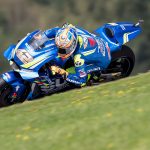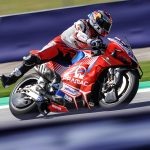To speak to reigning Moto2 world champion Francesco Bagnaia on the merits of the VR46 Academy is to verge into elements of fantasy. “For me it’s like the island of Peter Pan,” he says. Whether he was referring to its founder’s knack for never growing old, or his living in a kind of motorcycle dreamland, it’s hard to argue with 22-year old’s assessment.
For those in this game the benefits afforded to the members of the Academy are second to none. As if regular access to Valentino Rossi and his 23 years of world championship experience isn’t enough, you can compete against him in the morning and afternoon. Then repeat the following day.
Is your English not up to scratch? Well, come down and take these free language classes to help you communicate with technicians and media in a more savvy way. And it’s not just that. No aspect of the modern day rider’s life is left to chance: advice on diet, physical preparation and training are available; contracts are taken care of; and your own merchandise and branding will be provided. A space here essentially commands a worldwide audience and guarantees an allegiance of fans. In short: a ticket to the big time.
There’s a proven track record, too. Through a myriad of training techniques, members have access to flat track, dirt track and mini-bikes in training rituals that fall between world championship races. On occasion they’ll follow Rossi around Misano or Mugello aboard a Yamaha R6. “They give us everything,” says Bagnaia.
All that’s asked is you move to the north east of the country so as to be close to your colleagues. You must buy into the group ethos wholeheartedly. Those that don’t adhere to the required etiquette or effort (cough, Romano Fenati, cough) will soon be out on their ear. “It’s a thing you need to feel inside, to be [thankful for being] an Academy rider,” says Bagnaia. “Maybe when you start to not feel this thing it’s better to go another way.”
Established in 2014, the school for the next generation of the country’s talent grew out of Rossi’s desire to put Italy back on the map. Prior to then, Italy’s prospects were largely falling short in the junior classes. Rossi was still attracting attention in the premier class but a glance at the nation’s Moto2 and Moto3 entries didn’t inspire awe or wonderment. Take 2013 for example. The country’s intermediate class hopes fell on experienced names Mattia Pasini and Simone Corsi. The best-placed Italian in Moto3 was tenth. And all while Spain was cleaning up across the board.
But fast forward five years and the lower classes are alive with Italian talent. What’s more Franco Morbidelli and Francesco Bagnaia, two of the Academy’s eleven members, are the last two riders to win championships in Moto2. Both now pit their wits against the master in the premier class aboard factory-supported machinery. In short Rossi’s creation – managed by best friend Alessio ‘Uccio’ Salucci – has been a shot in the arm for the national scene.
So why, then, have we begun to see a number of the Academy’s members decide to ditch the structure and, as Bagnaia put it, “go another way” at the end of 2019?
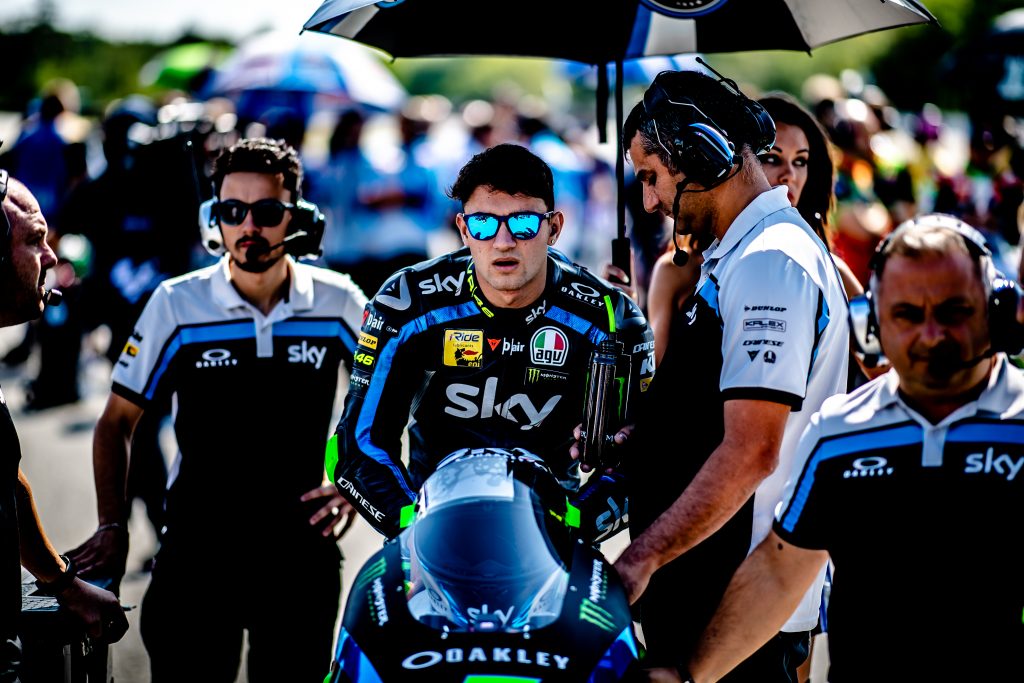
A month ago La Gazzetta dello Sport broke the news that Nicolo Bulega and Dennis Foggia would part ways with not only the Sky Racing VR46 team, but the Academy as well. The reasons given were sound enough; Bulega had reached a stage in a blossoming career where a new direction was needed. “Now is the time when I have to try to walk on my own legs and undertake new professional experiences to complete me as a sportsman and a person,” he reasoned in an asinine statement prior to the Czech Grand Prix.
Moto3 contender Foggia is another set to leave. The reasons behind the former FIM Junior World Champion’s departure are rooted in his desire to remain in his home city of Rome. Not everyone is cut out to live away from home for sustained spells of time, especially at a young age. Without a regular presence in Pesaro, he hasn’t immersed himself in the Academy’s way of life.
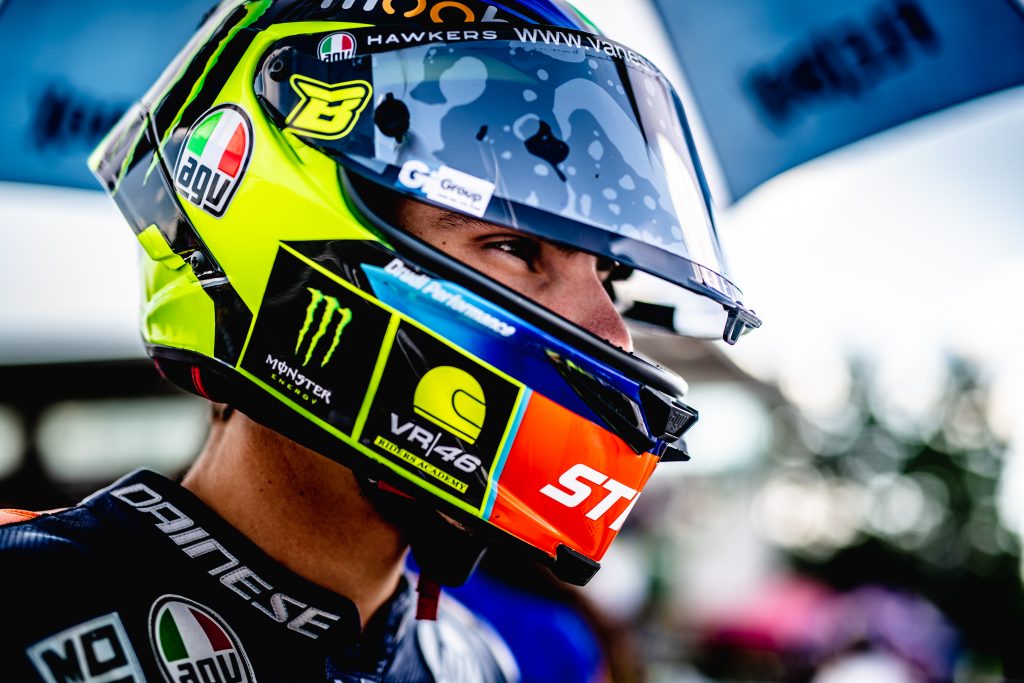
Yet at Brno a more curious case came to the fore: Lorenzo Baldassarri was the latest name to confirm he would part ways from the structure of which he has been a member since 2014. Both Bulega and Foggia have flattered to deceive for the most part. But the lanky Baldassarri is still a Moto2 title contender, and one surely destined to fight for the championship again in 2020.
Does this spell trouble in paradise? After a stellar start to 2019 (three wins in the first four races) the 22-year old is arguably the Academy’s most exciting prospect outside those competing in MotoGP. What’s more, he’s a popular member of the core group. With many of the Academy enjoying mixed fortunes this year at best, Rossi’s continued struggles to regain speed and doubts over Sky’s continued sponsorship of the VR46 Moto2/3 outfit, questions are being asked about the state of the project’s health.
But those linking the departures to a wider problem within the ranks may be wide of the mark. Recent events do, however, indicate some limitations for riders beginning to mature.
There were several reasons for Baldassarri’s decision. Firstly his contract with the Academy is up at the close of 2019. The offer to renew was for three years, a deal that would take him beyond his 26th birthday – a long-term commitment in this game that he was unwilling to take. “It’s like when you’re in high-school and you decide to go to university,” Baldassarri told me of the split. Surely the point of an Academy is to eventually graduate.
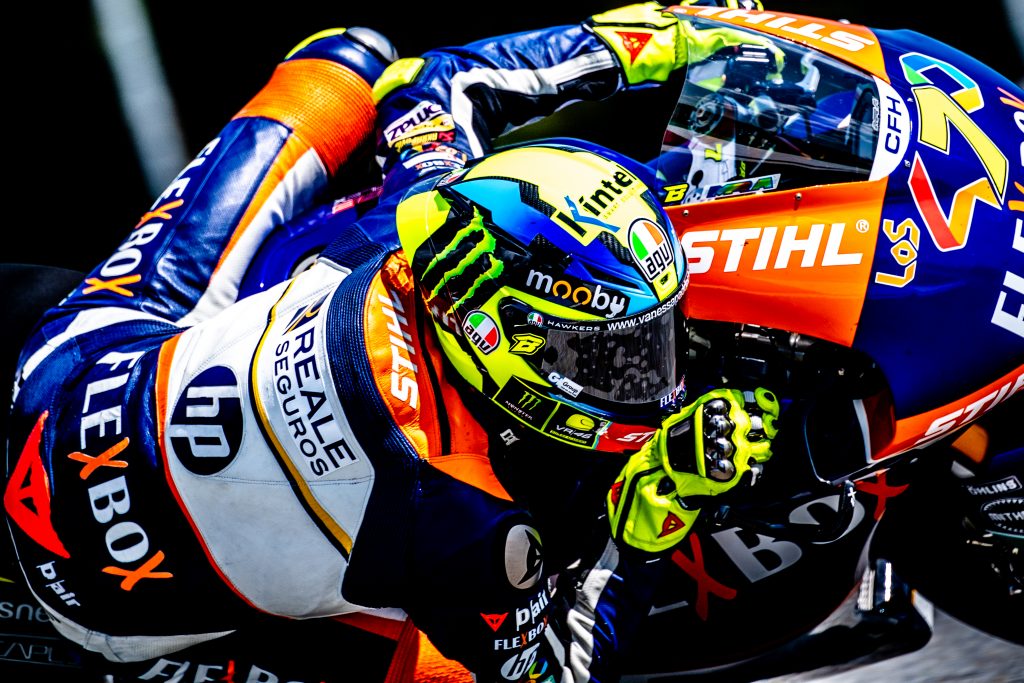
A fresh start was needed. Reading between the lines this stems from a missed chance at getting into MotoGP in 2020. “Staying here [at Pons] is good. But MotoGP would be better,” he said. The fact Baldassarri has enlisted the services of Simone Batistella, personal manager of Andrea Dovizioso and Alvaro Bautista, shows a desire to be better placed in the intricate contractual system ahead of 2021.
Then there is the fact at the beginning of 2019 the Academy was responsible for eleven names. That’s a lot to consider. “With the presence of so many you cannot offer an equal service for everyone,” Salucci told Sky Italia candidly on Friday. Baldassarri clearly feels there is more to be gained by going alone. At the Academy its own ethos is fundamental. As a maturing competitive athlete, that may run its course when your own demands aren’t being met and results are falling short.
“In this sport you have to be selfish and to do what’s best for you,” admitted Morbidelli, clearly saddened by the Baldassarri announcement. “I think these guys did that. They did their move. I’m just sorry that I won’t see them as often.”
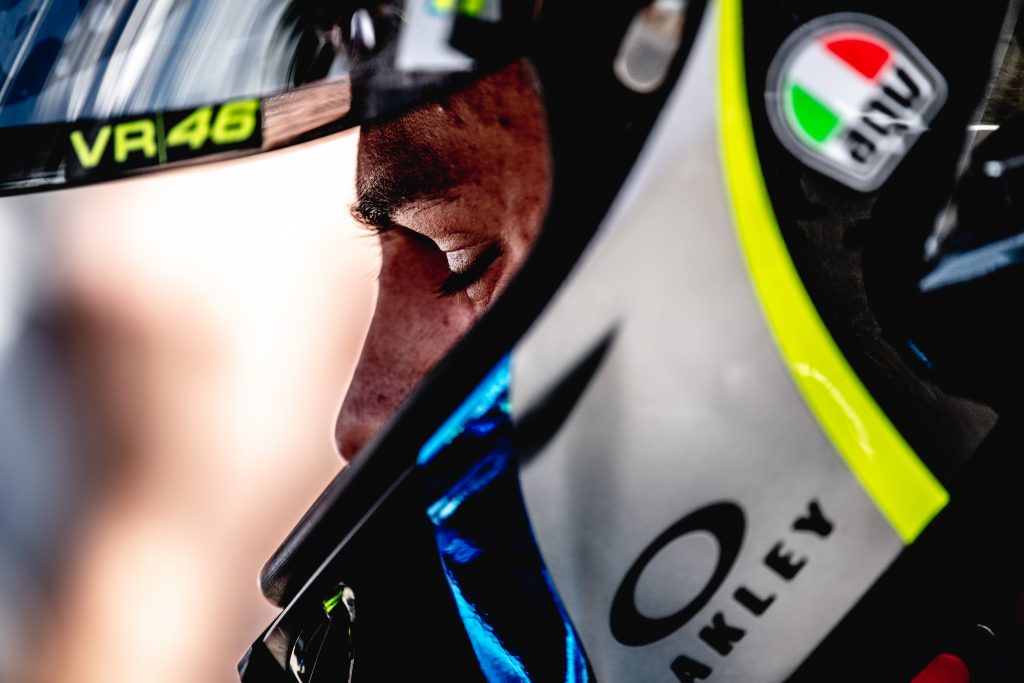
Alarm bells shouldn’t be ringing. Salucci was in no rush to recruit new blood to replace those that are leaving. And having eight riders is still a healthy number. In Bulega, Foggia and Baldassarri’s cases, the splits were amicable and they leave on good terms.
This is more a consequence of a six-year old project maturing. Where there were once pimply teenagers, there are now young men, all fighting in their own way to make it to the top. At some point riders must prioritise number one and that alone. Exiting a two-wheel dreamland they may be, but not everyone can be Peter Pan.
By Neil Morrison @NeilMorrison87
Photos by Monster Energy/MCH photo

